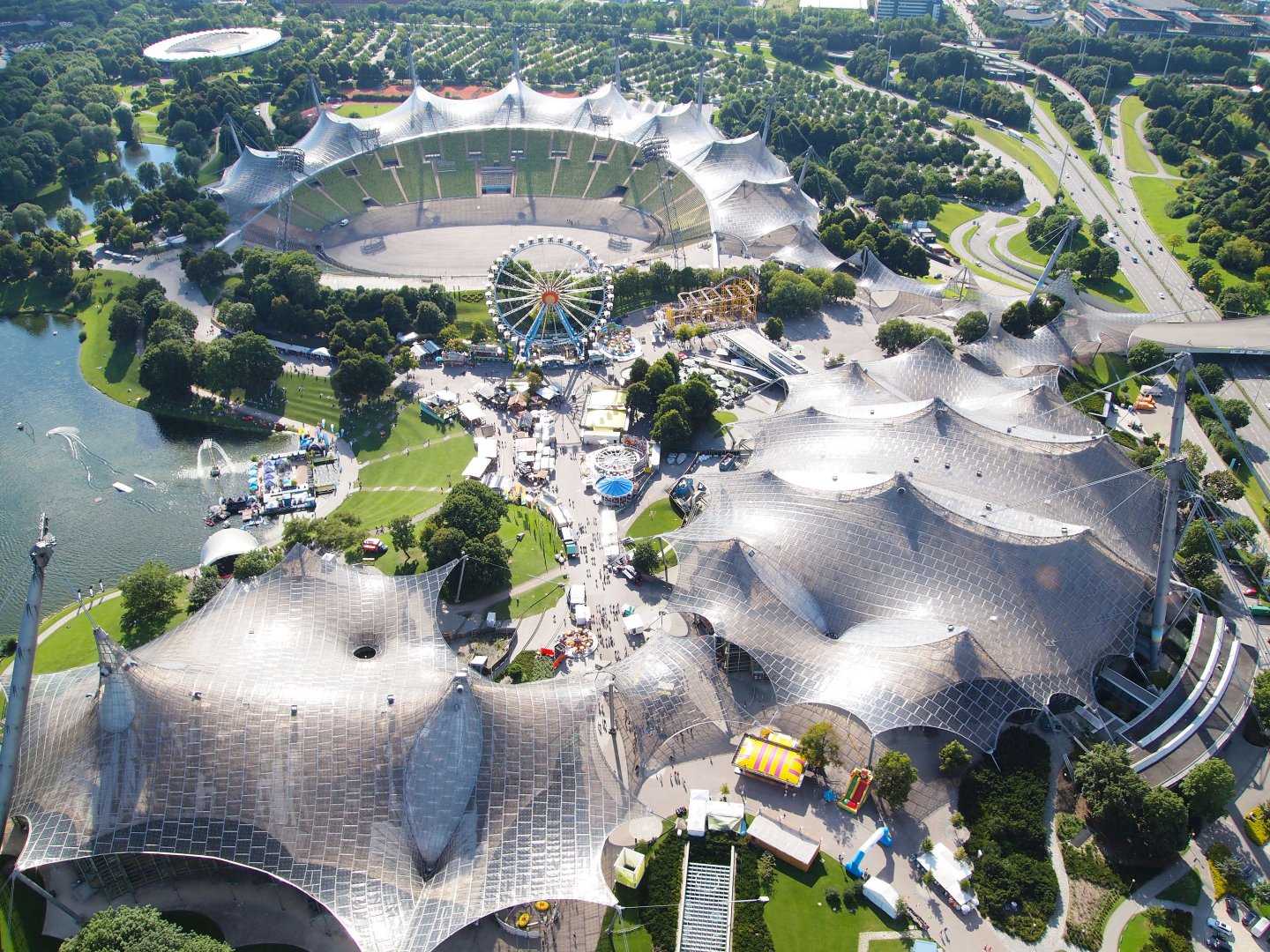
Monitoring of Structural Membranes through a novel integrally manufactured Strain Sensor Network
Please login to view abstract download link
Structural membranes find widespread applications for roof constructions, tents or biogas plants. While they are robust and offer long life cycles there is currently no method to determine their actual condition and state of degradation. They also lack the possibility to detect and locate damages or critical loads experienced through environmental conditions. To enable structural membranes with sensors the base fabric can be functionalized. Therefore, tensile strain sensors (1) were integrated through weaving or stitching based on electrically conductive yarn materials (2). For the strain sensors silver-coated polyamide yarns and metallic yarns were investigated. To allow the collection of sensor data across the whole membrane surface an electrical supply network using copper wires is integrated as well. The equipped textile was then coated with standard processes and electro-mechanically tested (3). Additional investigations were conducted to adapt welding techniques that consider the specifics of the conductive networks. Electrical connection methods were developed to access the sensors from the structures edge and collect the data externally. The composite data are intended to translate into a global strain distribution map of the structure. For this purpose, the membrane material is extensively characterized. The gathered knowledge provides the data for a simulated digital twin of the construction. In defined scenarios various load cases were evaluated and were then recreated on a physical demonstrator structure. Both simulated and measured data sets were used to develop and train an artificial neural network that displays the global strain distribution. It furthermore allows to locate damages to the membrane and evaluates the environmental influence on the life cycle expectancy. The findings were then applied to a demonstrator. The results will help to increase the life cycle of membranes and allow for predictive maintenance in the future.

